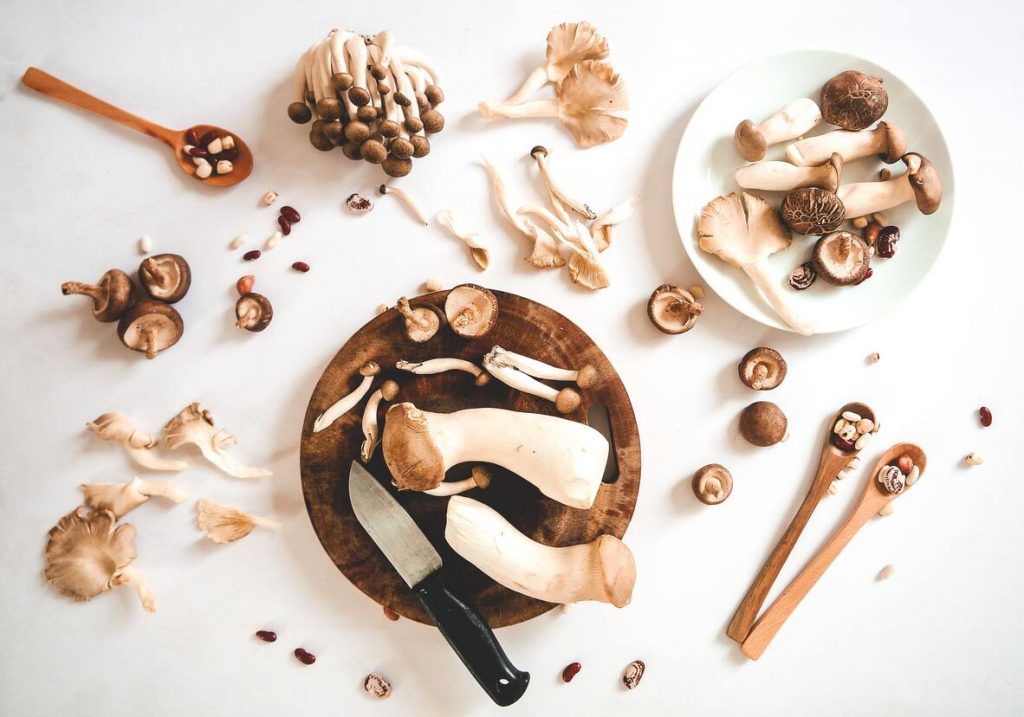Sweet, salty, sour, and bitter are four basic tastes that everyone is aware of. But did you know that there is a fifth basic taste, generally described as a savoury, meaty type of taste, which is named umami? Umami is an amazing flavour when used to complement other tastes, and it’s essential to add depth and complexity to your dishes. In this article, we break down everything that you need to know about umami.
How does it taste?
It’s pretty easy to identify and describe tastes like sweet and salty, but the taste of umami can be a little more difficult to pin down. Umami flavour is generally found in foods that are high in glutamate, like miso, cheese, meat, and mushrooms. A great example of umami is the savoury flavour found in Marmite and Bovril.
Why is it named umami?
The word umami originates from Japan, which is where the taste was first identified as separate from the other basic tastes of sweet, salty, sour, and bitter. The name umami means “essence of deliciousness”, which shows how important it is for adding flavour and satisfaction to food. It was only later discovered that umami flavour is a result of high levels of glutamate.
Foods containing umami
Umami is most often found in meat or other animal products, such as beef, pork, cheese, seafood, fish sauce, stocks, and gravies. Other foods with umami include tomatoes, miso paste, seaweed, soy sauce and mushrooms. Due to umami more often being found in meats and animal products, vegan and vegetarian diets are sometimes lacking in umami and as such can feel less satisfying to someone who is used to regularly consuming umami flavour.
How to add umami
The simplest way to increase umami in a dish is to cook with foods that are naturally full of umami flavour. If, however, you are cooking a meal that contains little or none of the foods that we’ve listed, there are some ways that you can increase the umami. Adding a little tomato sauce, soy sauce, truffle oil or miso to a dish is sure to up the umami factor. Other ingredients like smoked paprika, nutritional yeast or vegetable stock powder can also increase the savoury flavour of your cooking. Another option is to go straight to the source and sprinkle some monosodium glutamate (MSG) into your food (which, despite its bad reputation, is perfectly safe for regular consumption!).
TRY THESE RECIPES: Chargrilled mushroom & broccolini freekeh salad
https://www.foodandhome.co.za/recipes/chargrilled-mushroom-broccolini-freekeh-salad
https://www.foodandhome.co.za/on-shelf/miso-braised-beef-cheeks
Like this article? Tag and follow us @foodandhomesa #cookingwithFH on Instagram!
Featured image: Thahn Soledas via Unsplash

